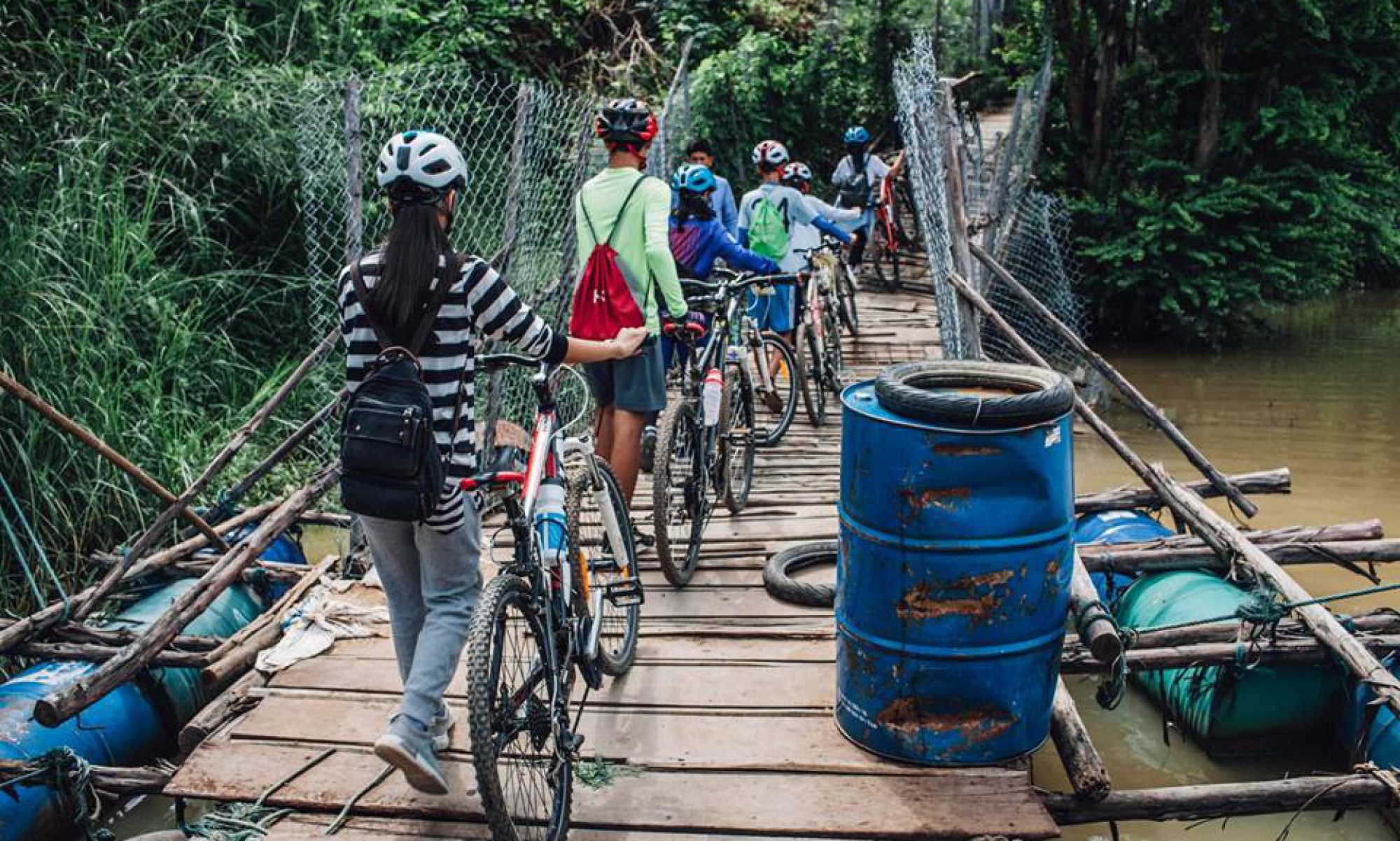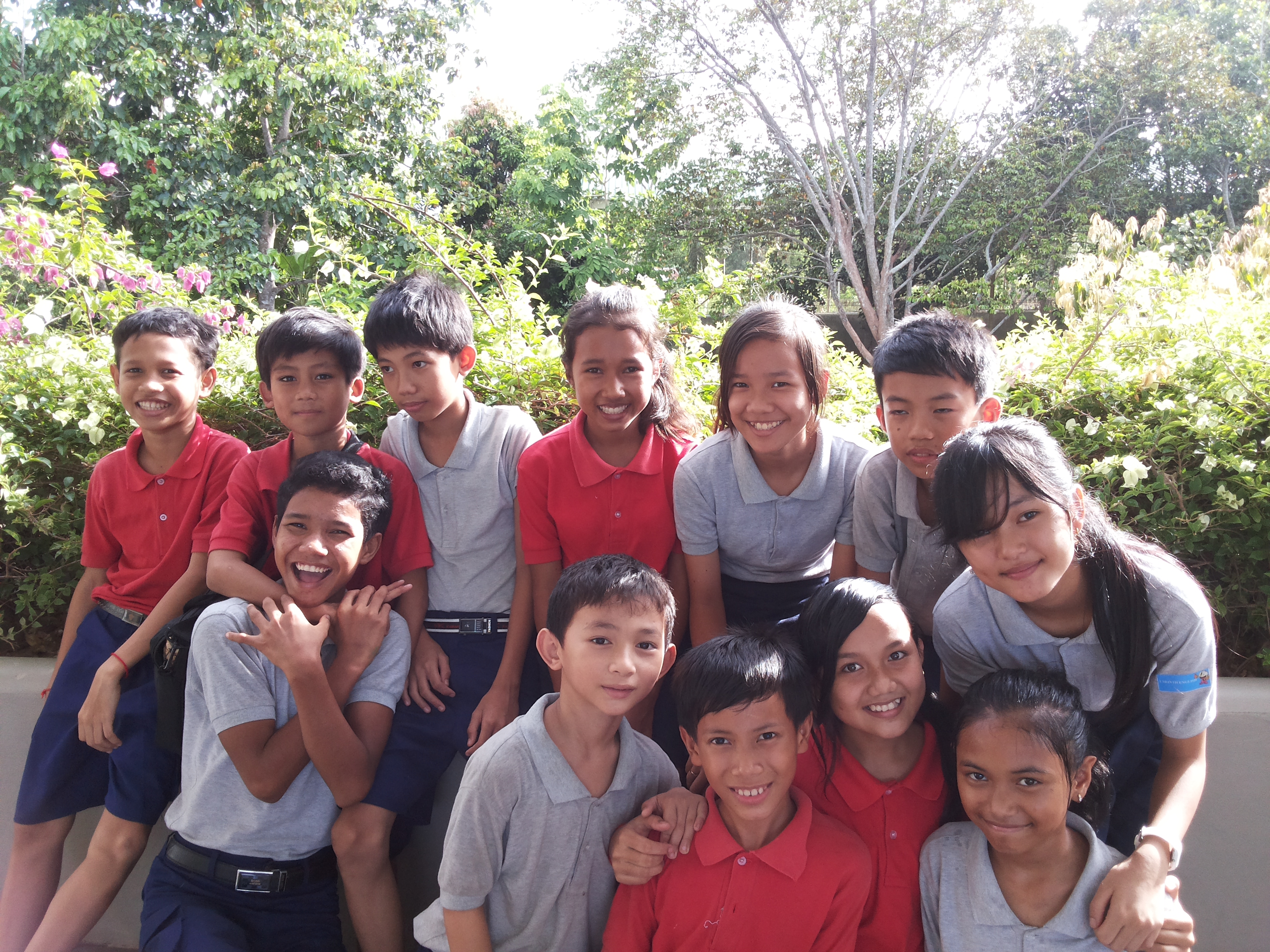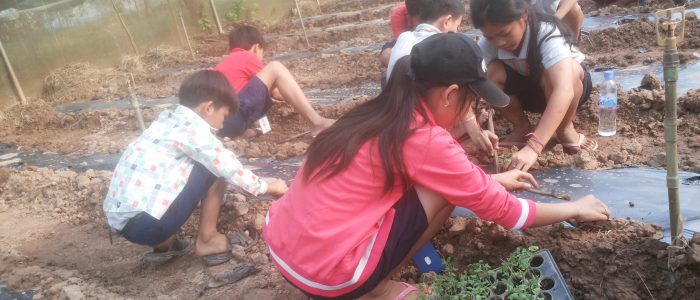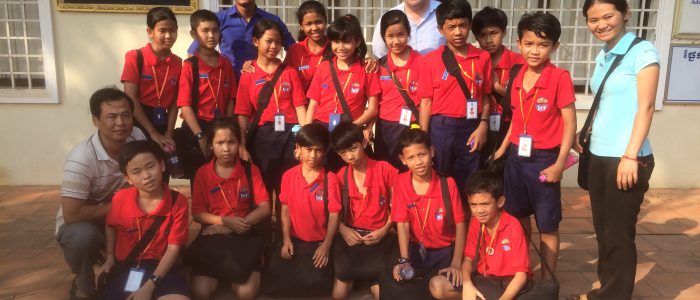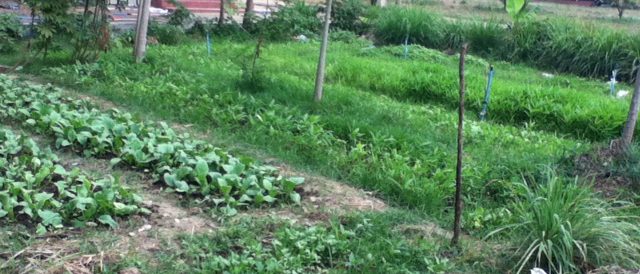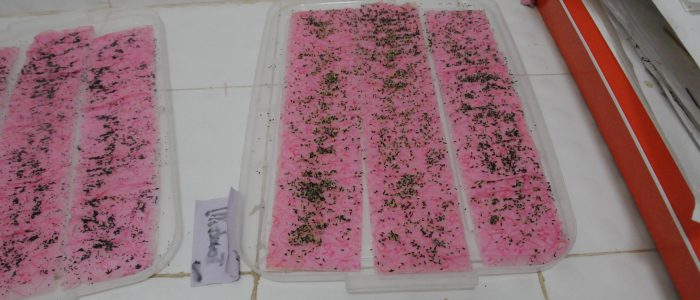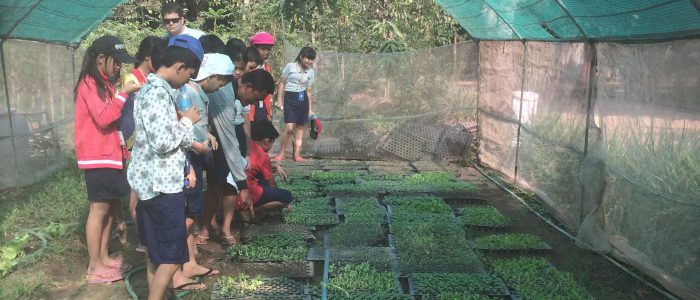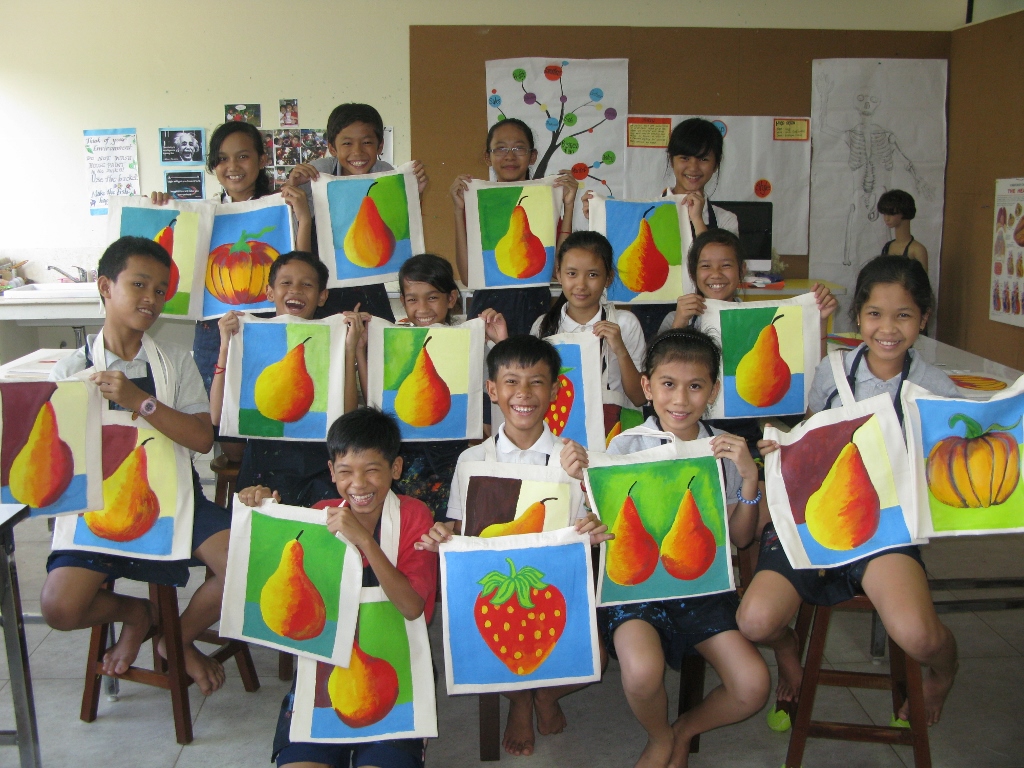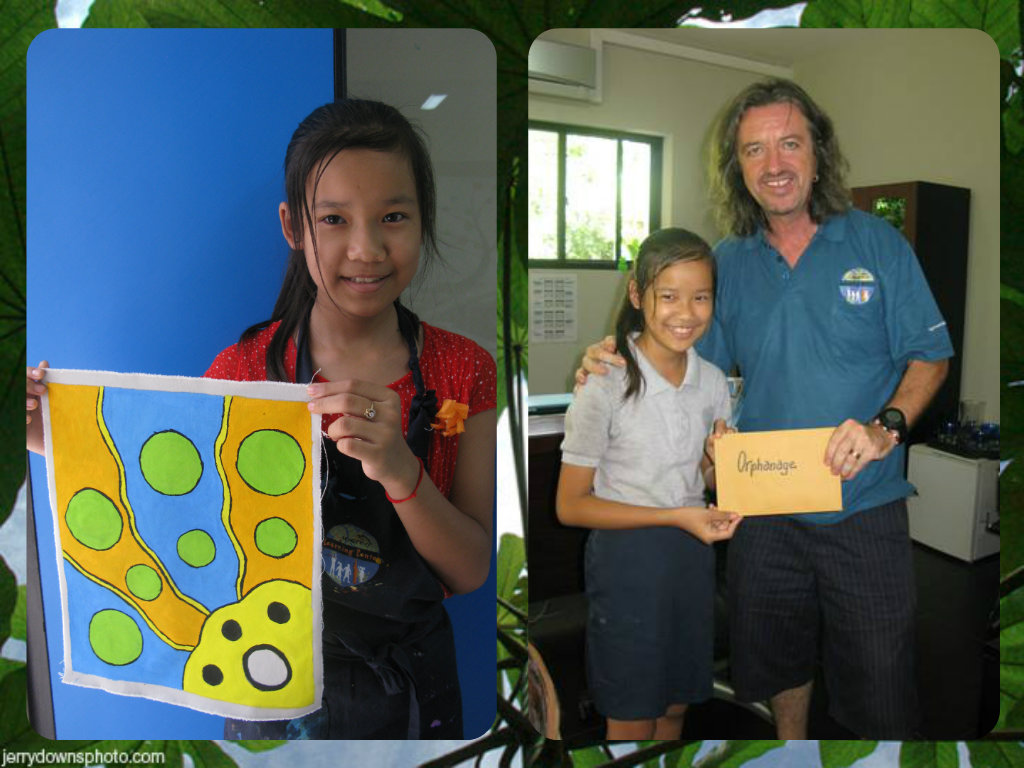Exploration 6
- Exploration Name: Food Systems
- Exploration Dates: March 10 – May 2
- Number of Students: 15
CONTENT:
- What is Food Systems
- Soil
- Grow seeds
- Seed part
- Fruits vs. Vegetable
- A food system is the cyclical process of growing, transforming, packaging, transporting, cooking, eating, and recycling food. Sometimes we can skip some of these steps. For example if we eat a mango that grows from a tree at our house we are skipping packaging, transporting, cooking, and transforming. This is an example of a local food system. An example of a global food system is chips that have ingredients from different parts of the world and are packaged, transformed and transported all over the world.
- People can describe soil in different ways such as heavy or poor. Soil have three type(). One is silt, sand and clay.
Sand is the largest particle in the soil. When you rub it, it feel rough. Sand doesn’t hold many nutrient. Example: If you go to the beach you will see the sand particle.
Silt is the soil particle whose size between sand and clay. Silt feel smooth and powdery. When it wet it feel smooth, but not sticky.
Clay is the smallest particle. Clay is smooth when it dry and sticky when wet. Clay hold lots of nutrient, but it doesn’t let the air and water get through.
- Now we are start to grow the seeds. The seeds is growing, but we have not taken its to grow in our raised beds yet. In one day we have to give the water to the plants 3 – 4 times. *
Step how to grow the plants:
- Put four layer of toilet paper on caton form
- Spray water on toilet paper
- Sprinkle on toilet paper
- Spray water again
- Take it to put where don’t have insect and leave for 3 days
- Take it to grow in the tray
- We have learn about the seeds part and their function.
Seed Coat: Their function is to protect the embryo.
Embryo: Is the baby plants inside the seeds
Cotyledon: The seeds leaves that feed embryo before the seed can germinates and can do photosynthesize.
- Another things that we have learn is about the fruits and vegetables
- What is the difference between fruits and vegetables?
Fruits have seeds on the inside or on the skin, and vegetables do not. To get the seeds from vegetables you need to let it grow until it has the flowers and then you have the seeds.
- Global Food vs. Local Food
Global is the food that all around the world. Local is the food that near. Ex: If we are Cambodian and buy the food in Cambodia that food is the local because it is near where we live. Ex: If we are Cambodian and buy the food from Malaysia that food is the local because it far away from where we live.
Local Food Systems
| Pros |
Cons |
| * Use less money, food is cheaper
* Easy to ride/move
*Less time
* Provide jobs for people in your community
* If the food is high quality it can become famous (kampot pepper)
* helps the environment
* supports the local economy
* makes transforming easier
* more money – better education
* reputation in global context |
* the producer and products won’t be famous
* local pollution
* quality concerns
* you can’t eat lots of different foods
* air pollution
* hurting the ecosystem
* copying from other countries
* competitio |
Global Food Systems
| Pros |
Cons |
| * high quality, made by machine
* new flavors
*more profits
* give different jobs to people all over the world
* better hygiene |
* more expensive
* long time
* lots of transportation = lots of pollution
* lots of taxes
* lose ingredients
* chemicals to keep it fresh
* never going to have fresh fruits and vegetables |
- Trip
We have four trips that we go to learn about Food Systems. The first trip we went on was to an Organic farm. The owner he shown us how to grow the seeds. In his farm there are ten different types of seeds: lettuce, fruit plants and herbs. Also, he told us that insects and the weeds destroy his farm. Weeds are the things that you don’t want. EX: In the farm have the grass that grows, the weeds is the grass because the farmer doesn’t want that to grow in their farm. New technology is that they cover the soil by the plastic because when we put the compost and the water will not go away. Compost is made out of the animals poo mixed with soil and rice husks.
The second trip we are going to Natural Garden store. In that shop sell vegetables, snacks, wine and ingredients.
RESTART
Exploration 6
- Exploration Name: Food Systems
- Exploration Dates: March 10 – May 2
- Number of Students: 15
A food systems is the cyclical process of growing, transforming, packaging, transporting, cooking, eating, and recycling food. Sometimes we can skip some of these steps. For example if we eat a mango that grows from a tree at our house we are skipping packaging, transporting, cooking, and transforming. This is an example of a local food system. An example of a global food system is chips that have ingredients from different parts of the world and are packaged, transformed and transported all over the world.
In this class we had learned difference . Soil have and the different between fruits and vegetables. Then we started how to grow the seeds. After that we experiment to grow the seeds. We also learned about the global food systems and the local food systems. We compare that in pros and cons way. We had four experiments: was Organic farm, Natural garden, University of agriculture and a Rice mill.
